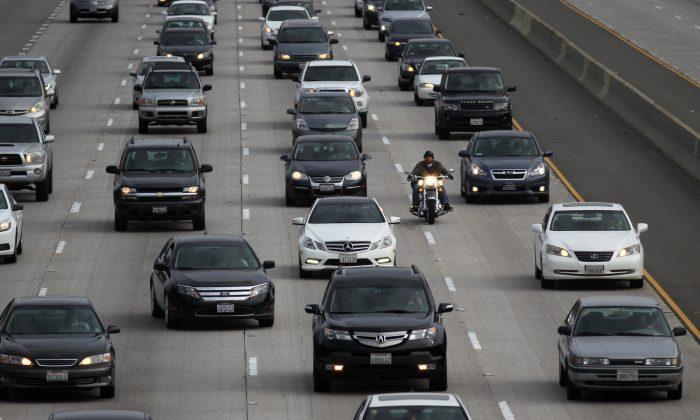As pulmonary physicians, we see patients every day who struggle to breathe. Those experiences lead us to not only treat, but also to advocate for our patients with lung disease. We also speak up for the millions of infants, children, teenagers, and seniors who face threats from the air they breathe.
That’s why we are so concerned about the health problems caused by air pollution—and why the organizations we represent, the American Lung Association and the American Thoracic Society, believe the U.S. Environmental Protection Agency (EPA) must move forward as quickly as possible with new standards to clean up smog-causing gasoline and motor vehicles.
Ground level ozone, or smog, that blankets much of the United States during the summer is a powerful respiratory irritant. When inhaled, ozone damages the lung tissue much like the summer sun burns unprotected skin. Ozone air pollution poses health risks for all who are exposed, including infants, children, teenagers, adults, and seniors, and it is particularly harmful to the nearly 26 million living with asthma, nearly 13 million with chronic obstructive pulmonary disease (COPD), and the millions with other lung diseases. Just as importantly, even healthy adults who work or play outdoors are at risk.
For those living near highways or other heavily used roads, the problem may be worse. Growing research reports much higher levels of pollution there. Many people who live near roadways have lower incomes, and often are at higher risk of having lung diseases.
Tragically, polluted air can shorten life. For hundreds of thousands of people, polluted air means coughing, wheezing, missed school and missed work, asthma attacks, and heart attacks. Far too many end up in the emergency room or the hospital. These are the patients that physicians like us see daily in the hospital and in our practices.
If we could simply write a prescription to clean up that pollution and help our patients, we’d give the White House and the EPA one each that says, “Adopt Tier 3 STAT.” Tier 3 is the shortened name of new EPA standards to reduce the sulfur in gasoline and reduce emissions from new cars and SUVs. The White House is in the final stages of reviewing these standards.
Lower-sulfur gasoline would immediately make every car on the road run cleaner because sulfur poisons the performance of a car’s pollution control system. Less sulfur means less pollution, and by 2030, we’d have up to 15,000 fewer asthma attacks, more than 3 million fewer missed school and work days, and 2,500 fewer early deaths each year, as the American Lung Association estimated in a report last year.
Unlike the cost of taking a child to the ER, the cost to protect her health is pretty low. The EPA said that the cleaner gasoline would cost less than one penny more per gallon.
For the sake of our patients and all those who live where the air threatens their health, we urge President Obama to direct the EPA to adopt final standards so that we have cleaner, healthier air to breathe.
Patricia W. Finn, M.D., is president of the American Thoracic Society. Albert A. Rizzo, M.D., FCCP, FACP, is the immediate past chair of the National Board of Directors, American Lung Association.

Friends Read Free